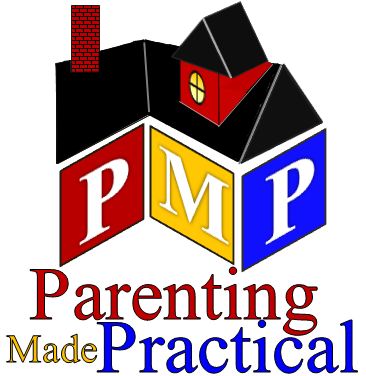Roxie Ramseyer
November 29, 2023

When our 4 boys were young there were so many days when I was just exhausted! It seemed that the unending physical tasks of raising little bodies was at times overwhelming, but that paled in comparison to the feelings of fatigue with the unending need to train them to have good character day in and day out.
On many days when I was so tired of being the adult in the room the mantra “say what you mean and mean what you say” rang through my head. I knew I needed to give clear directions, making sure they understood by using a concrete example of what task or behavior I was expecting. Then I also had to follow through if those instructions were not met in order to train my children. This meant that many times I needed to get up from where I was sitting or stop what I was doing to go and deal with the lack of follow-through of my instructions. I learned that if I had no intention of getting up and making sure they did do what I asked, that I had no business giving the instruction. If I failed to follow through, my authority in their eyes would be compromised, and they would just gamble the next time that I wouldn’t follow through again.
Today as I manage my classroom of 14 preschoolers that I teach, I am reminded of those days at home when despite my weariness I needed to “say what I mean and mean what I say”.
1.Preschoolers need concrete instruction of precisely what you expect them to do. They need to know what you want them to do and how to do it. This means they need clear examples of what a task or desired behavior looks like. For the littles in my classroom, they know that if I want them to sit quietly and have self-control, that they are to sit “crisscross applesauce”, with their hands in their lap. If we need them to be quiet, they understand the phrase “catch a bubble” which means they cannot talk because they physically have an air bubble in their mouth they need to hang on to! So, first and foremost the preschoolers need to know what the instruction looks like.
2.The second part of this is that we as the parent need to be willing to follow-up with consequences if they do not do what they have been told; the “mean what you say” part of the phrase. If we are not willing to follow up and require instructions to be followed, there is no point in giving it. Children will rise to the level of expectation that is given to them by what we require.
If you want your preschooler to pick up their toys, it may be too much to simply state “pick up your toys”. You will likely need to help them manage the task with “start by putting away your blocks”, then walk them through each of the rest of the instruction. If you find them continuing to play after the clear instruction has been given, then, you need to be willing to follow through with a consequence for their disobedience rather than restating the instruction in hopes to get compliance the second time. This means we must “get up” and deal with the issue.
If the instruction is to “go, get ready for bed”. Then they need to have a clear understanding of exactly what you want them to do. If they are dawdling and not moving towards the goal, then you need to go and physically help them along in the process rather than continuing to repeat the instruction from across the room.
Certainly, first time obedience (which has been covered in previous blogs) is of utmost importance in gaining compliance in your preschooler. However, as with all of parenting, it starts with us, we need to be willing to put in the effort to reap the fruit and watch our children blossom with behavioral success. We must give clear instructions and be willing to make sure they are followed. This is our God given responsibility and privilege.
In review, “Say what you mean, mean what you say” means:
- Be sure your instructions are clear and understood. Preschoolers need concrete examples of what a task or behavior looks like.
- Once the instruction is given, be willing to put forth the effort needed to be sure it is completed. Sitting back and hoping for compliance is a bad plan. Sometimes we need to stop what we are doing to go and address the situation.
- If we are not expecting an instruction to be obeyed, then we should not even say it.
- When we do not consistently follow through to be sure our instructions have been followed, the child will gamble the next time to see if you really mean it.
